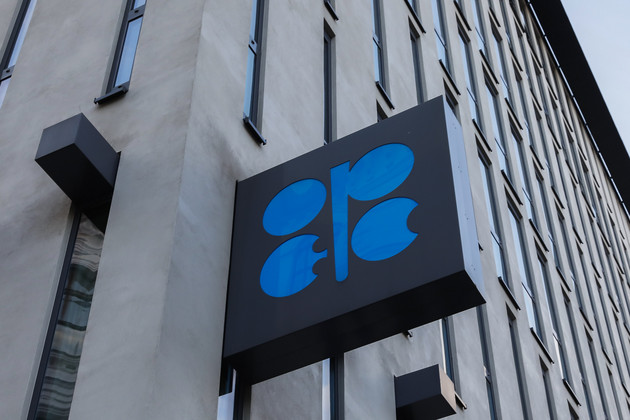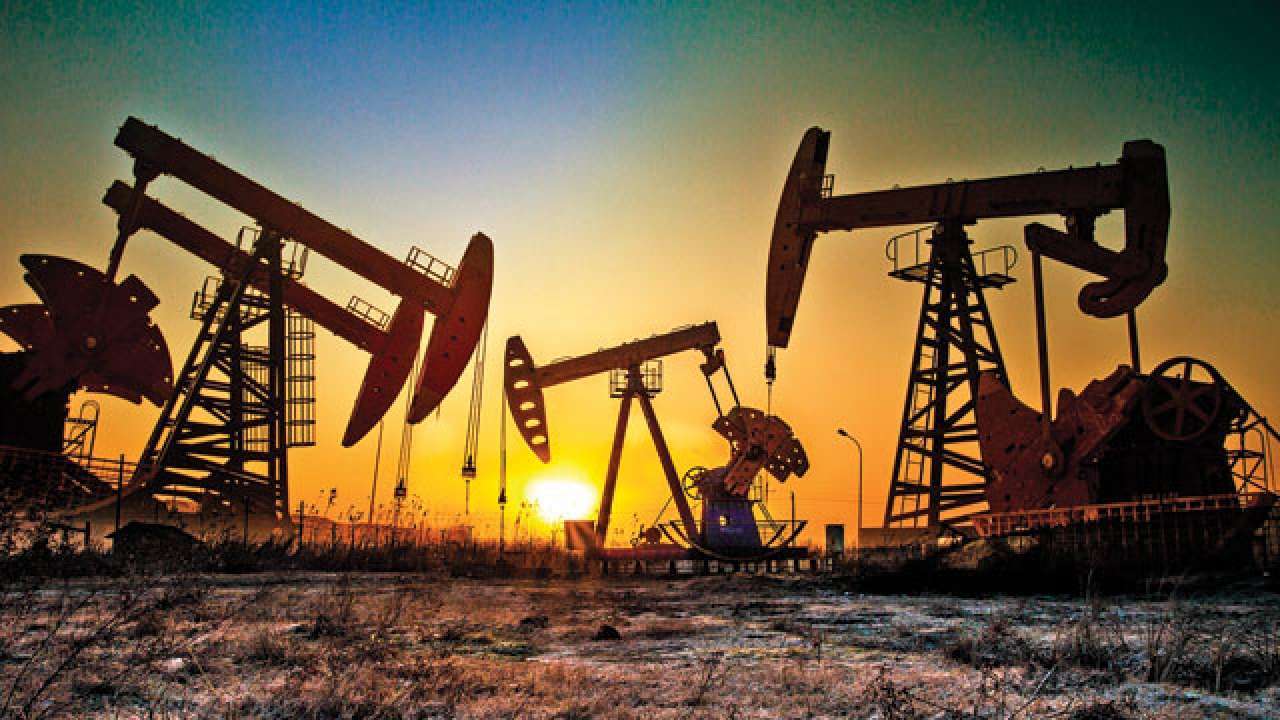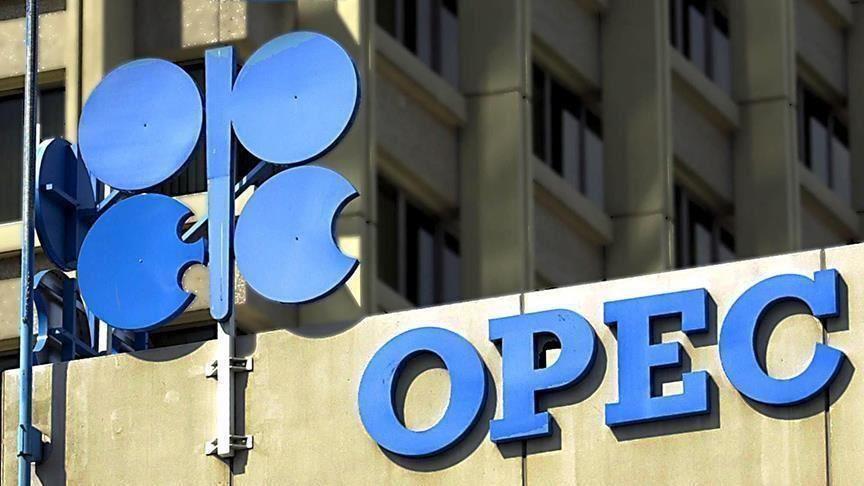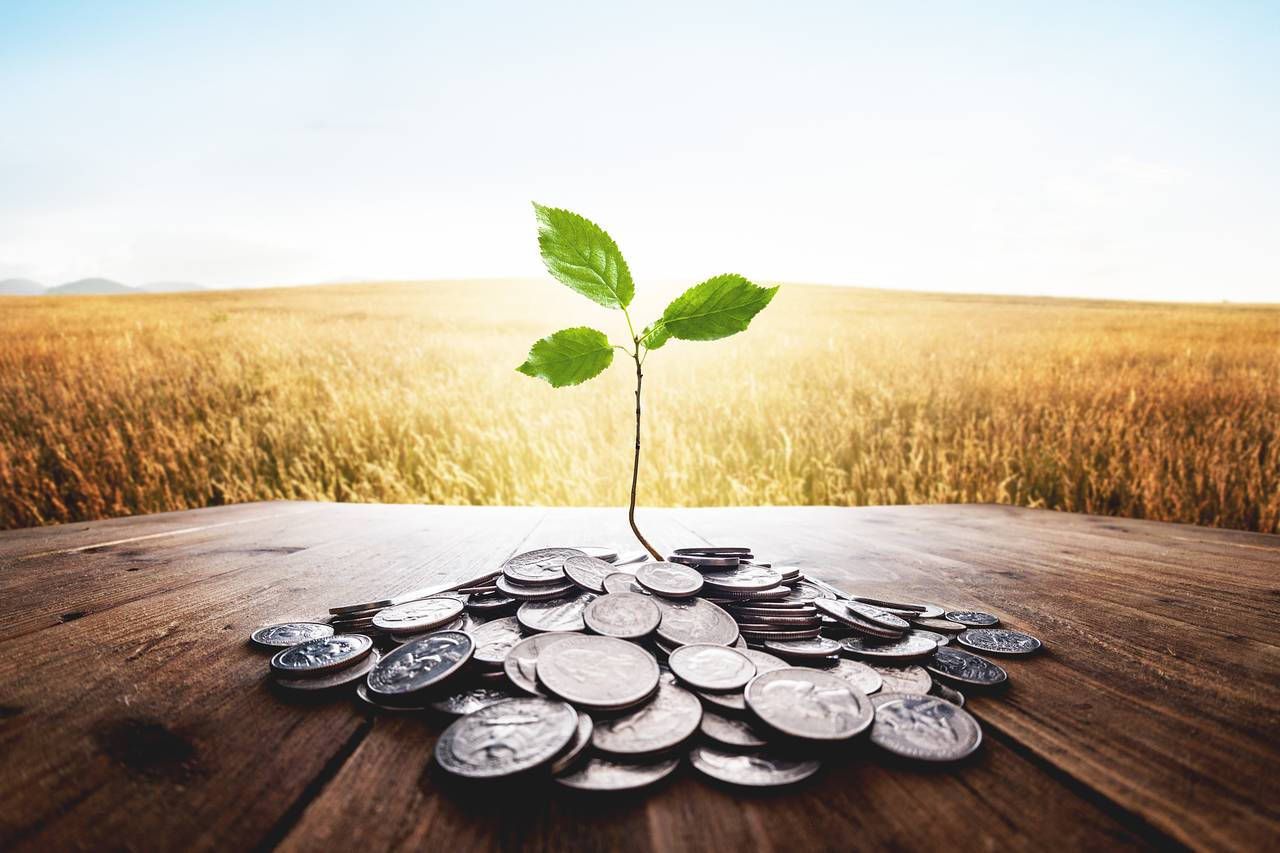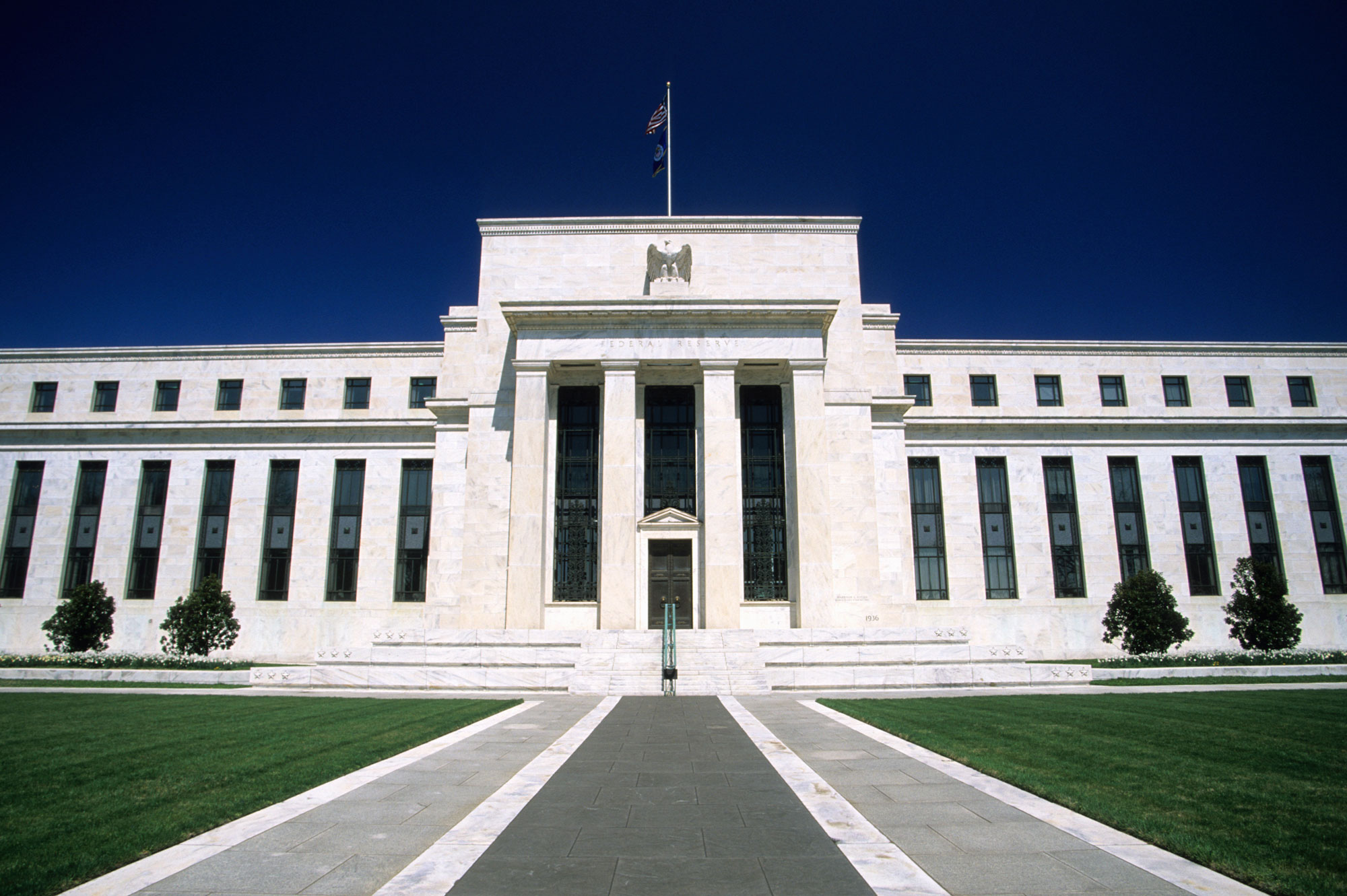Inflation Hits 11-Year High
According to Nigeria’s National Bureau of Statistics (NBS), annual inflation in Nigeria accelerated in October 2016 to 18.3%. This is the highest in more than 11 years, and the ninth straight monthly rise in another sign of the crisis in what is regarded as Africa’s biggest economy.
The rise from 17.9% in September reflected higher prices for electricity, clothing and food, according to published data. A separate index for which rose to 17.1% from September’s 16.6%, the statistics office said.
(Index Source: Momentum/S& P Momentum SP Reid Securities a subsidiary of MMI Group Limited)
Nigeria, an OPEC member and Africa’s most populous nation, has seen its economy fall into recession for the first time in 25 years, due largely in part to a steep decline in oil prices. Crude oil sales account for two-thirds of government revenue. In addition, a series of militant attacks since January have cut oil output. A US dollar shortage has frustrated businesses that have struggled to import raw materials for production.
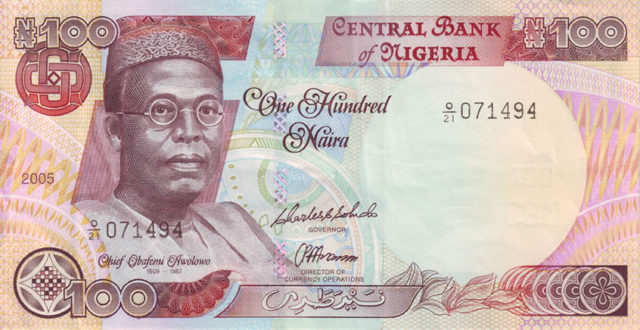
In October of this year, the statistics office revised its forecast for year-end inflation, estimating that the index would end at 17.1% to 18%, up from its forecast of 9% at the start of 2016.
The rise in Nigeria’s inflation has been anticipated by most market participants in line with the decline of the USD/NGN exchange rate as Nigeria imports a lot of the manufactured goods which are consumed by both its ordinary consumers and industries. “At the moment, given the multiple difficulties faced by the country, ranging from weak oil prices and insurgency problems in both Northern and Southern Nigerian states, it seems that economic recovery from the recession will be a long drawn out affair,” Frank Kahumba, Johannesburg-based analyst with Momentum SP Reid Securities write in a note to clients this month.
“We are however, still confident in the long term economic potential of the country given its human and mineral resources.”

